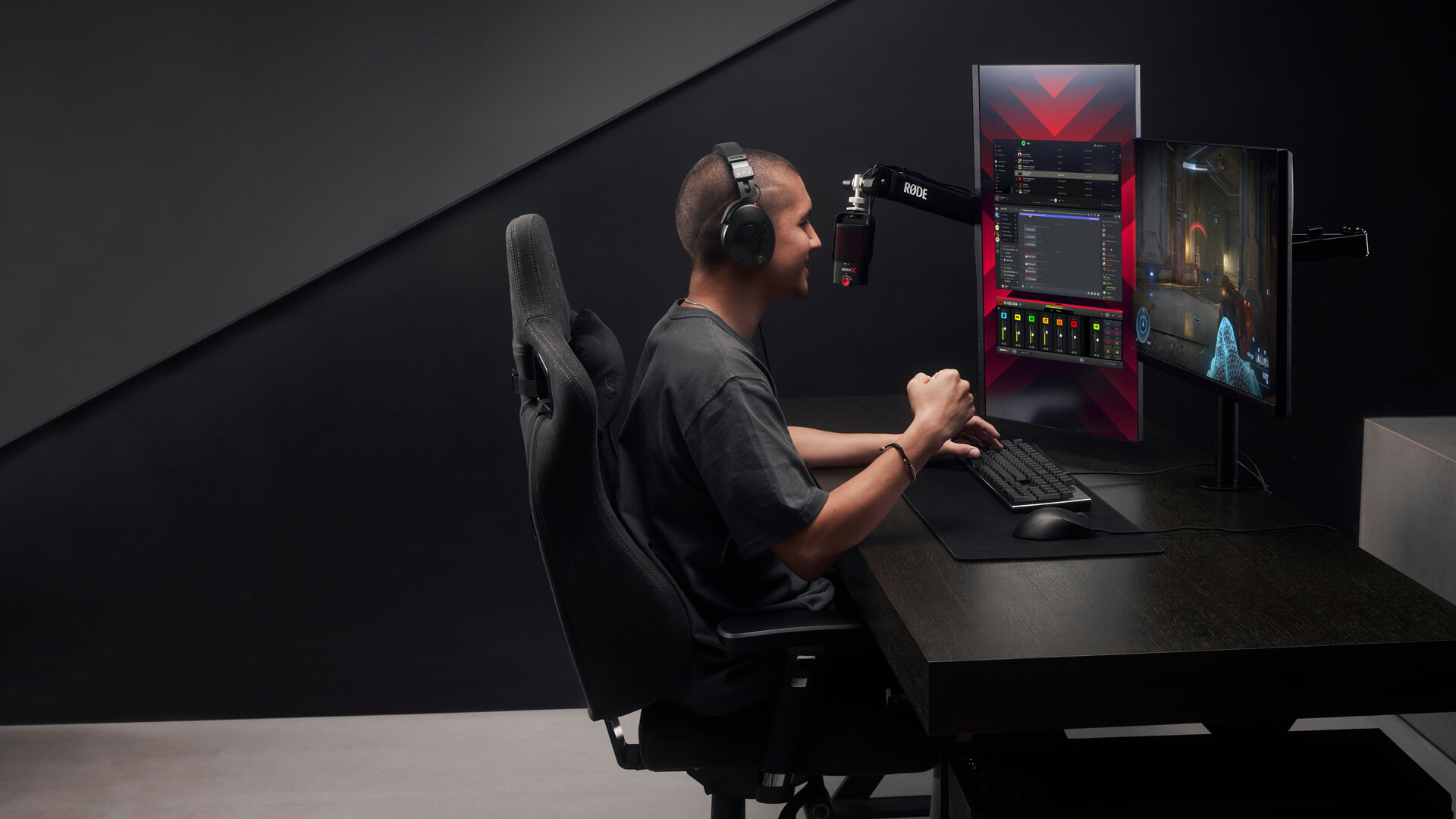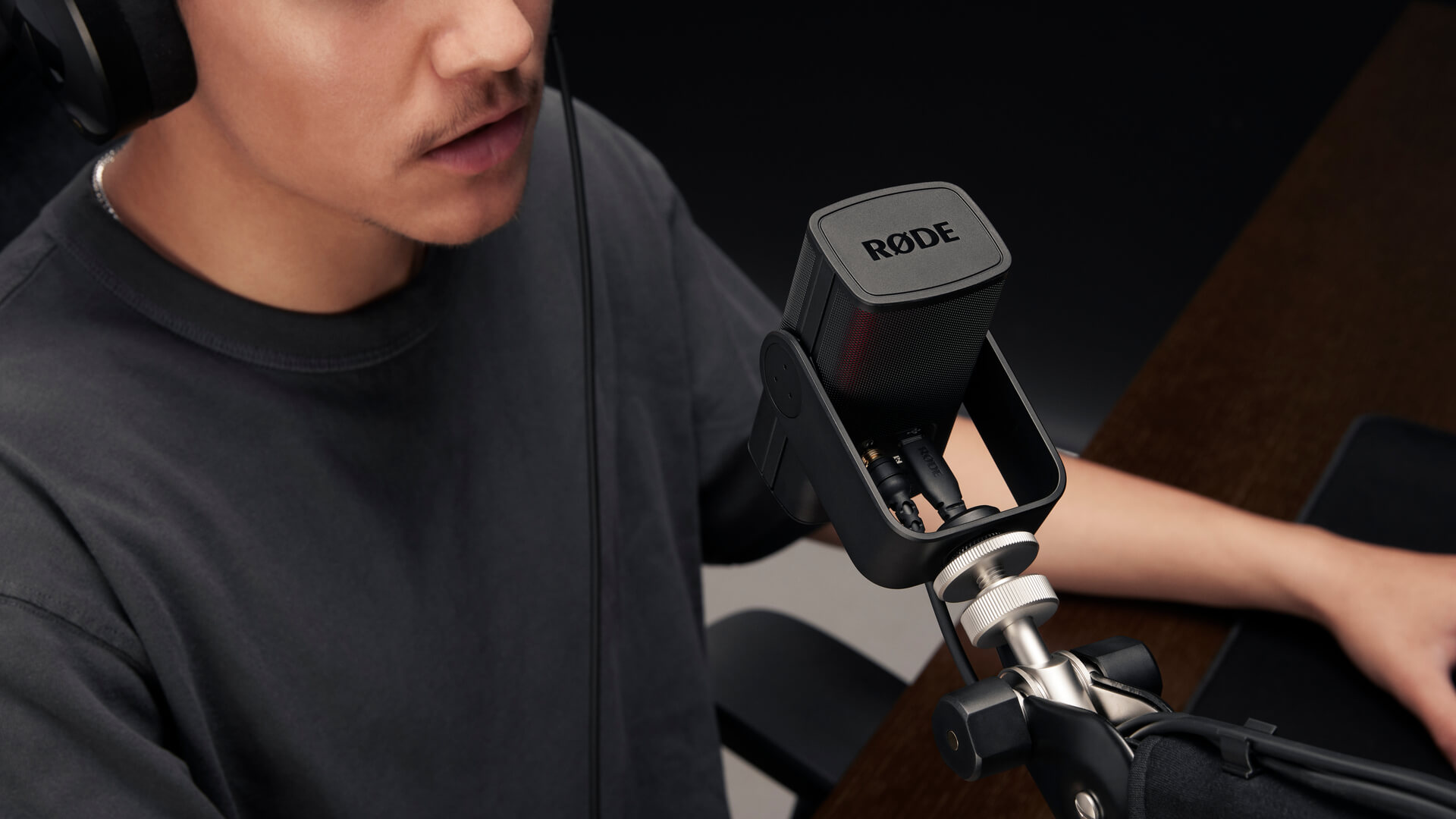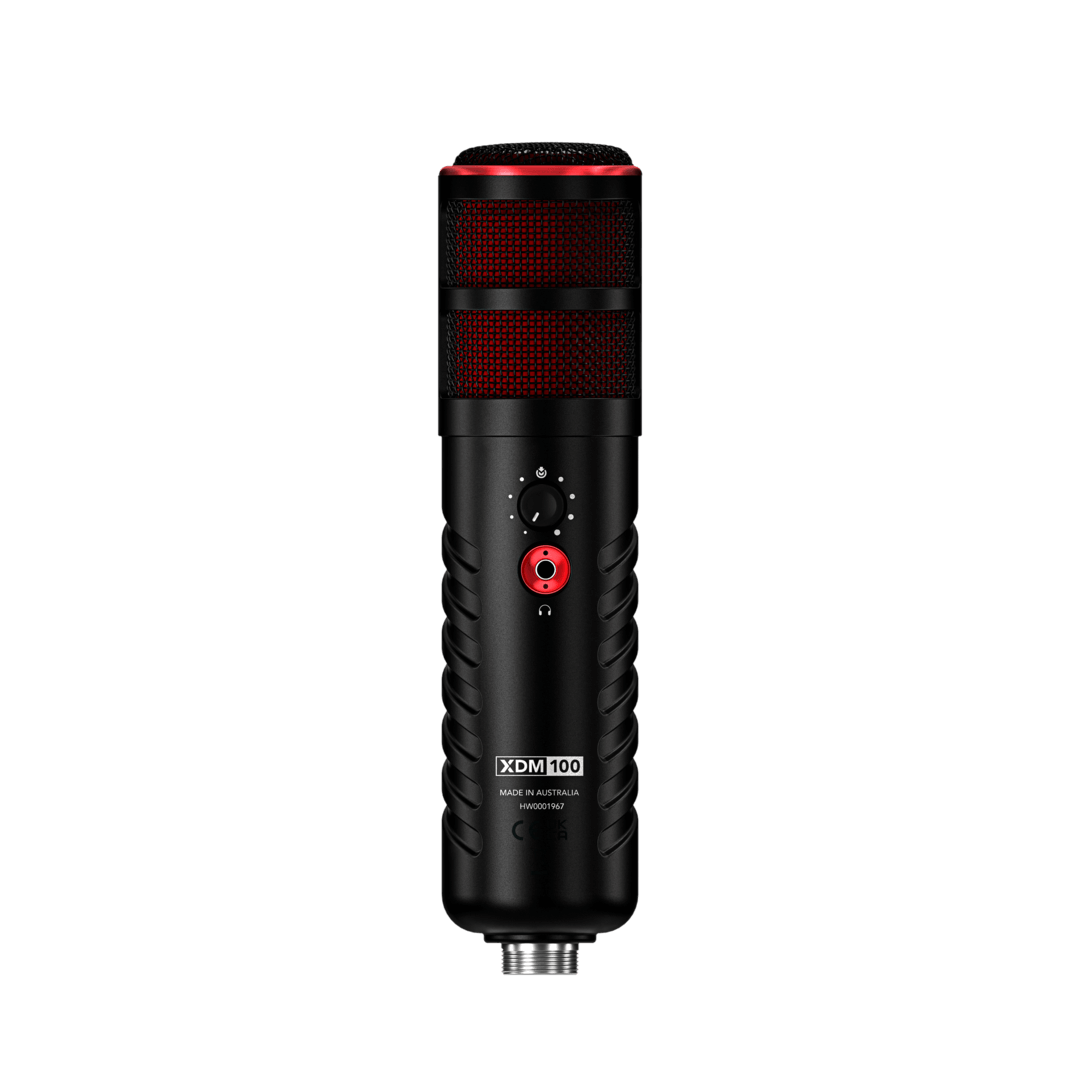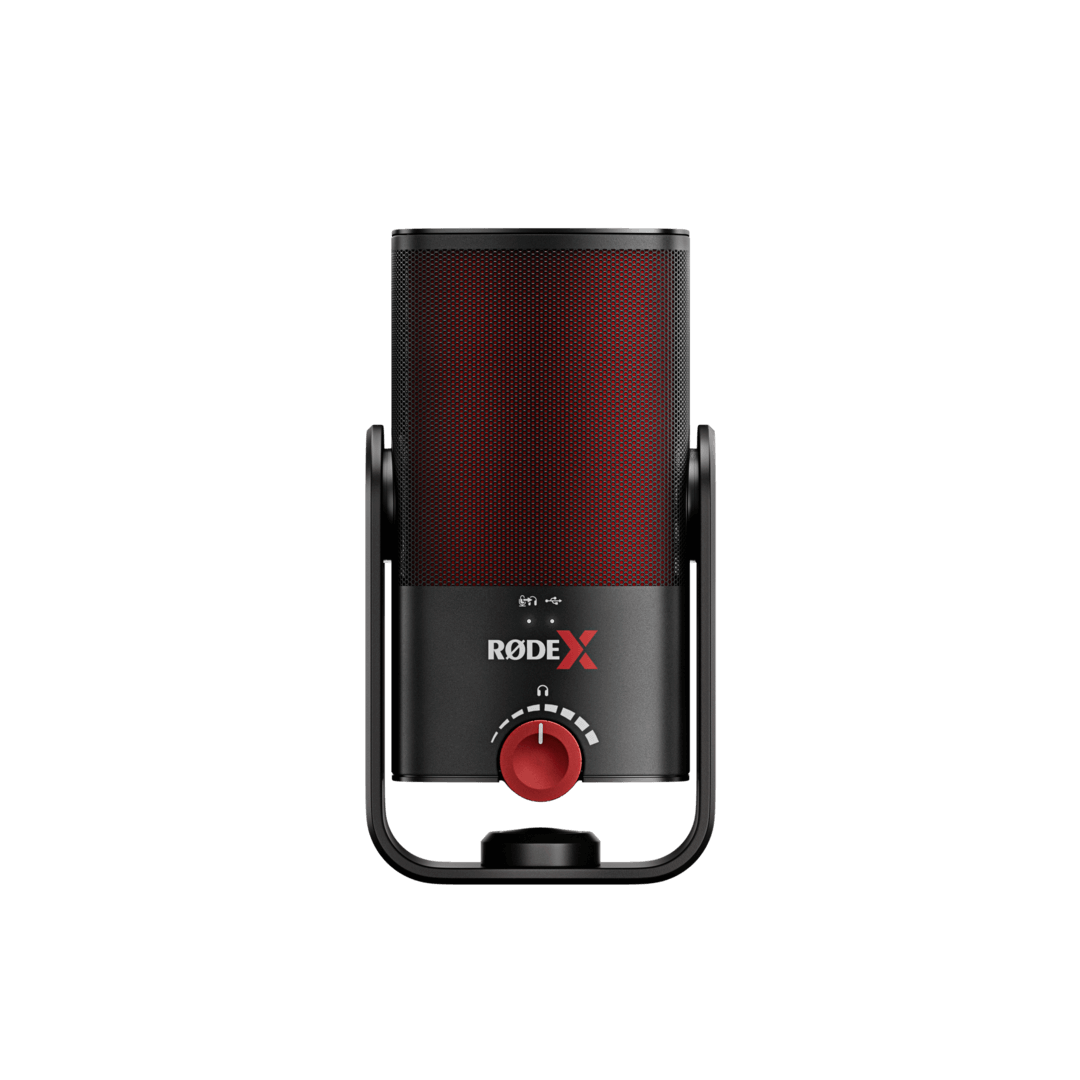Condenser mics are more sensitive than their dynamic counterparts. This means they’re not quite as particular about where they’re positioned compared with dynamic microphones and can be placed further from the mouth (10-20cm, or 4-8 inches). However, this increased sensitivity also means they’re more likely to pick up background noise if you’re in an environment that is not well soundproofed.
Dynamic or Condenser: Which One Is Better for Gaming and Streaming?
One microphone type isn’t necessarily better than the other for gaming and streaming. They can both sound great in different setups and it really depends on your personal preference – here’s what you should consider.
Most significantly, a condenser mic like the XCM-50 is ideal if your streaming or gaming space has minimal background noise and few reflective hard surfaces like tiles or wooden floorboards. Condensers are also great if noise isn’t too much of a concern for you more generally – if you mostly use your mic for chatting in-game with friends, for instance – and their increased sensitivity means you can keep them out of your shot more easily when streaming.
On the other hand, if your space isn’t soundproofed, or if you are looking for a microphone that will help you curb as much background noise as possible, then a dynamic mic like the XDM-100 is an excellent choice.
Being a condenser microphone, the XCM-50 has a full frequency response and will pick up your voice with loads of detail, clarity and presence. The XDM-100, on the other hand, will give you a tighter, more focused sound, whilst still being rich and detailed. The latter also has the added benefit of our ultra-low-noise Revolution Preamp™ and high-resolution, 24-bit/48kHz analog-to-digital conversion for pristine audio quality. Both sound great, and it’s always a good idea to try different styles of mic to see which best suits your voice.
For a complete audio solution for streaming and gaming, check out the XDM-100 or XCM-50 and UNIFY.




